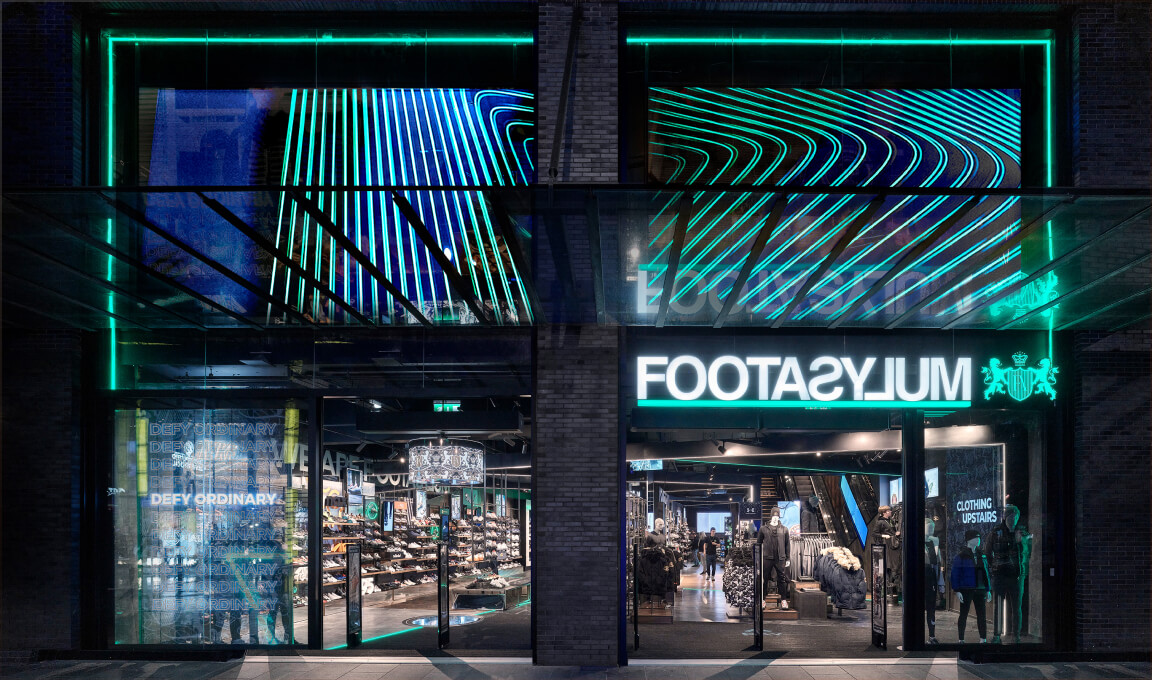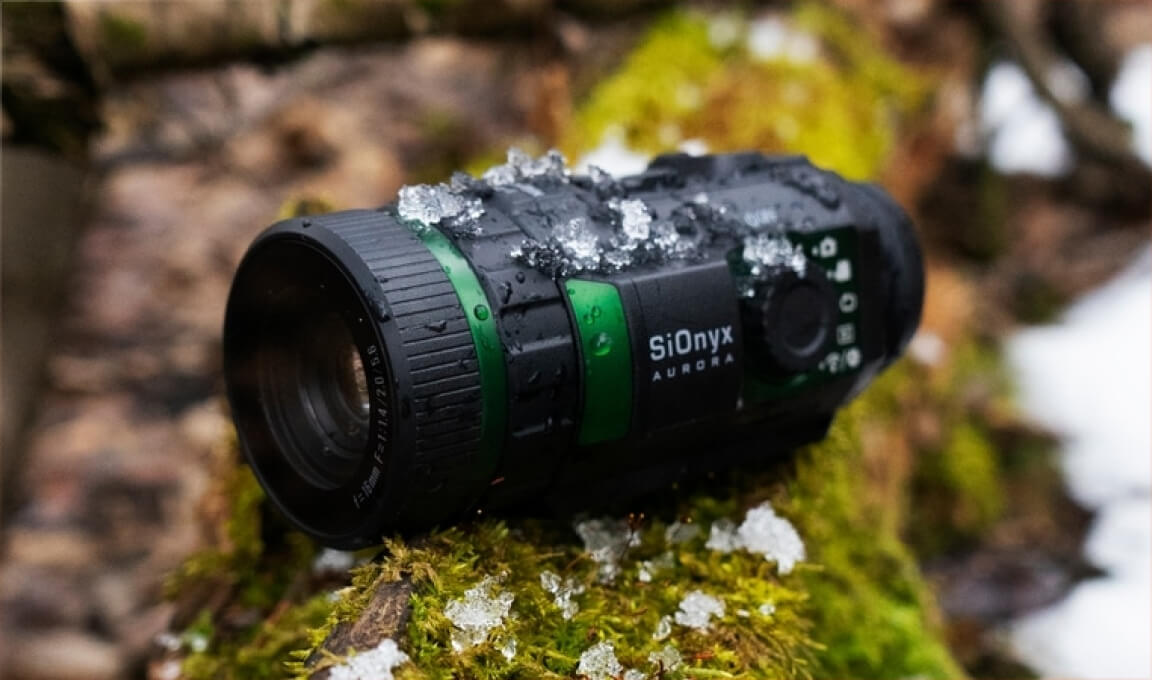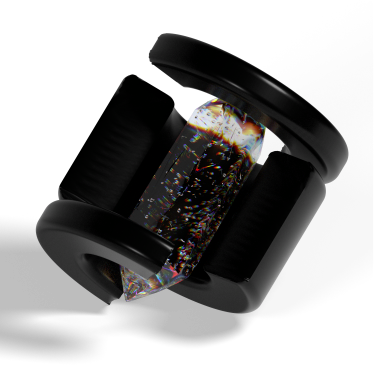
This year’s golden quarter is going to be challenging, no doubt.
The cost of living crisis shadow looms large on the horizon for this year’s Q4, but that’s what we all thought about last year and it wasn’t quite as bad as expected.
Below we share the top five critical things we’re preparing ahead of Q4 for our eComm clients, to help:
- optimise marketing & web performance
- manage acquisition costs
- maximise revenues and bottom line returns
If you’re having trouble with any of the below drop us a line and we can give you our thoughts.
Hope you find these useful.
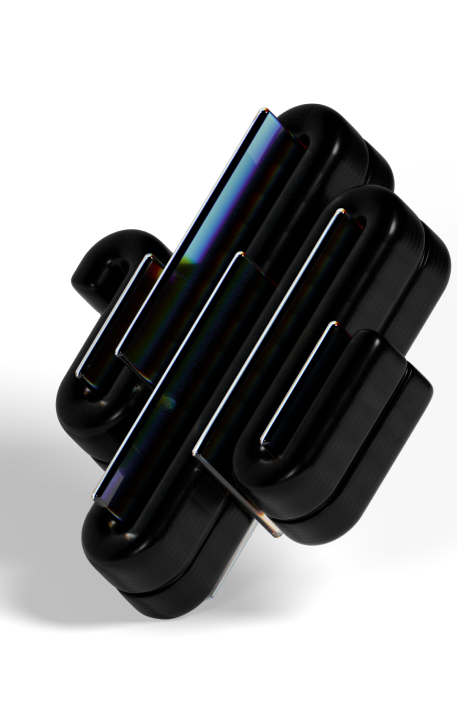
Tracking & Analytics
Signal audit & enhancement.
This is our number one tip for performance marketers heading into the Q4 sales season.
If your conversion tracking and analytics are broken, nothing else matters. Especially as the delay on iOS data means optimising campaigns over the BFCM weekend is nearly impossible as it is. You need to ensure the signal you are getting is as abundant, as rich and as stable as possible.
Ensuring your web and server-side tracking is set up properly, with optimal de-duplication, data freshness and event matching, is essential. Trigger your events off a data layer where possible – it’s much more reliable than triggering events off UI elements on your website – and where that’s not possible, make sure the events are set up on a page load (where you can) rather than a button click.
Make sure to audit any apps and plugins you have on your store, especially if you’re using Shopify. Apps have a nasty habit of doubling up on your conversion events or removing them altogether. If you’re using a subscription app or an app for anything to do with the cart or checkout experience – bundle apps, Klarna financing, cart upsell, cross-sell etc. – make sure to test the entire checkout journey and how it affects your events firing at every step. We’ve seen anti-fraud plugins completely remove the conversion value from a purchase event, cart upsell and cross-sell apps double the number of add-to-carts and financing options sending the wrong currency etc.
All of which can kill targeting over a short space of time, something to note for the upcoming short-blast events such as BFCM.
Finally, make sure your analytics are providing an accurate measurement of customer behaviour – if not your decision-making on campaign and web performance will be impaired and you could end up taking critically flawed actions which just make things worse.
The number of poorly setup GA4 properties we’ve seen is quite remarkable, given how long we’ve all had to prepare for the switchover. And what’s more, the brands seem completely blind to just how erroneous the data is.
If you don’t have confidence in your analytics, fix it before you start scaling marketing activity and you’ll relieve a lot of stress heading into the key trading quarter of the year.
Promo planning
Historical analysis, strategy & projections.
Analyse your last 12 months’ marketing promos (discounts, BOGOFS, giveaways etc) and see which ones worked best, based on a combination of the following metrics:
- Blended ad-spend
- Cost per session
- Sessions
- ABAN rate
- Conversion rate
- AOV
- Net sales
- Blended ROAS & CAC
- ROAS & CAC per channel
Make sure to take the numbers for these metrics all from the same place i.e. don’t mix and match from Shopify and Google Analytics, for example, because they have different definitions for certain metrics, like sessions.
You could also throw in some micro conversions (view product, add to cart, initiate checkout etc.) into the above list to give you a sense of how the promo affected conversion rates along the shopping journey.
You should be able to identify a sweet spot for your promo strategy where the level of discount or offer drives enough of a jump in conversion rate and average order values (dependent on your product range), that the unit economics can scale.
Extrapolate this data and project returns for the season based on the metrics above, with the key drivers being ad spend, cost per session and conversion rate.
Above all, try and keep your promo strategy as simple as possible. It’s better for the customer and easier for you to manage and measure. Also be aware that sales fatigue over time, so refreshing the sale mechanic can inject some urgency and/or combat promo fatigue.
Budget pacing
Week-on-week allocation against projections.
Now that you’ve got your key metrics down and your forecast model built, pull your media budget into a pacing plan.
Better to be granular with the pacing over the BCFM and Xmas sales season, so you can see how your media spend and promos will affect performance week-by-week or even day-by-day if you’re doing daily promos.
You can’t just ramp spend up by hundreds of percent from one day to the next on existing campaigns, so you’ll need to plan how to scale the media spend against campaigns up and down. It’s also wise to look at what the daily and weekly pacing looks like as a percentage of monthly ad spend. This provides a sense check on how you’re weighting spend against key dates/weeks and promo activity.
It goes without saying that you’ll want to weigh your spend against your strongest promos but you’ll also need to consider how that spend is weighted against different campaign types and stages of the funnel – these things have a significant impact on conversion rates.
Creative planning
Know what works with a funnel-tailored testing framework.
Ahead of BFCM you should know what promos you’re going to run and what creative execution will look like. Whether flat backgrounds with big bold promo messaging work better than lifestyle or product imagery etc.
This will help make sure that you’re leading with proven visual concepts, messaging, and formats, based on previous performance data.
You don’t want to be learning during BFCM, you want to be scaling using pre-optimised creative concepts.
You can test quickly ahead of the peak period if you’re spending enough to drive the required data through each image. When testing, make sure to use ad-set-level-budgets and make sure to spend the same on each creative, against the same audience. The only variables should be the creative, otherwise, you won’t know what’s worked. If you leave budgets to CBO dynamic calibration you won’t have full confidence in an ad’s performance and, if you test video against a static image, the video will eat a lot of that budget regardless of performance.
Finally, make sure you have your creative reporting split out by funnel stage, format type and concepts. It will make it much easier for you to analyse and optimise performance. You’ll unearth meaningful insights that can be actioned with confidence, by both your web and marketing teams. Superior insights lead to better results.
Web regression testing
Cross-device performance & smoke testing.
You don’t want to go into the Q4 sales period with significant tech debt. Now is the time to fix all those niggling UX/UI bugs and audit all your apps and plugins – the latter can really add a lot of load time to your pages and so anything you can do to optimise page speed is imperative.
There’s a heightened impatience from customers during the sales season. They’re being battered with product scarcity and purchase urgency messaging. They’re illogical frantic shopping maniacs and they want what they want quickly before it sells out. A spinny wheel is going to piss them off seriously. They’ll bounce quicker than Tony Soprano after he whacks Tony B.
You want to perform load testing and speed testing. Two different things but symbiotically interlinked. Your site might work great with 5 people browsing it, clicking the odd button, but what happens when 100 or 1,000 people are on your site clicking around like mad? If you don’t know, find out.
Make sure to test all your store’s key pages and full checkout journey on your top-performing device and browser combinations. This sounds obvious, and a good Quality Assurance Analyst should be doing this by default, but most developers are just testing things on their device and browser and telling you it works great. Sorry devs, you can’t BS a BS’er.
Peace out. Good luck.
Our services
Owning performance
Data
Data warehousing
BI reporting
Conversion tracking
GA4 (Analytics)
Product feeds
Creative
Brand tailored
Data-led
Multi-format
Scroll-stopping
Performance design
Performance
Cross-channel strategy
Full-funnel execution
Min. attribution overlap
Intelligent optimisation
Media spend efficiency
Web
UX/UI & CRO
SEO
Full stack development
Platform integration
Built for performance
Performance Intelligence
Signal
Better data flow. Better performance.
- Data warehousing and unification for your customer, revenue and marketing data.
- Multi-channel browser & server-side conversion tracking solution for richer, more abundant & secure first-party data, with automated monitoring to significantly reduce wasted ad spend.

Answers
Smarter decisions. Better performance.
- Shopify revenue & product performance + new vs returning customer insights.
- Marketing channel performance for Meta & Google.
- Creative performance for Meta by funnel stage.
- LTV analysis per month, channel & product.
- AI predictive performance forecasting.
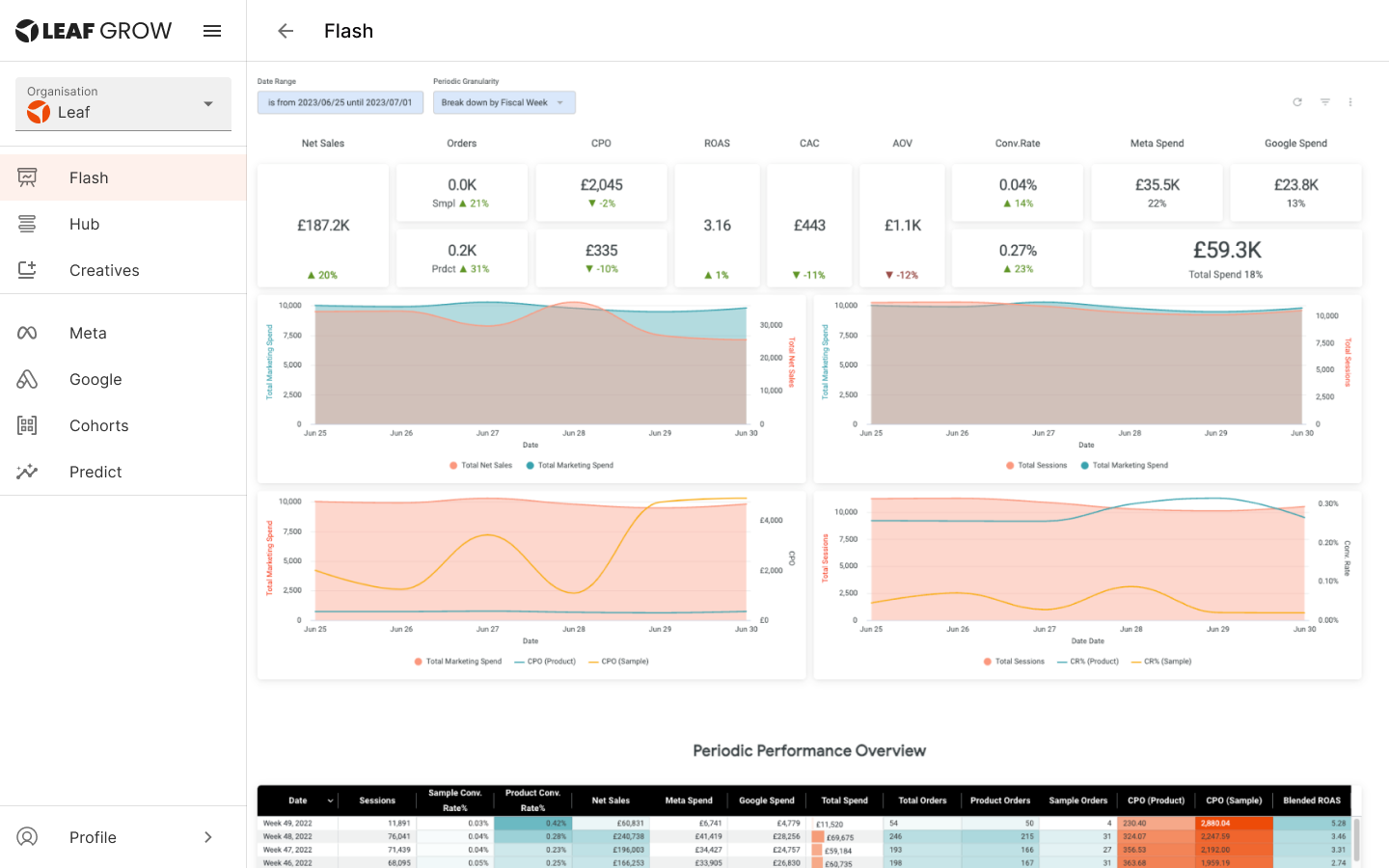
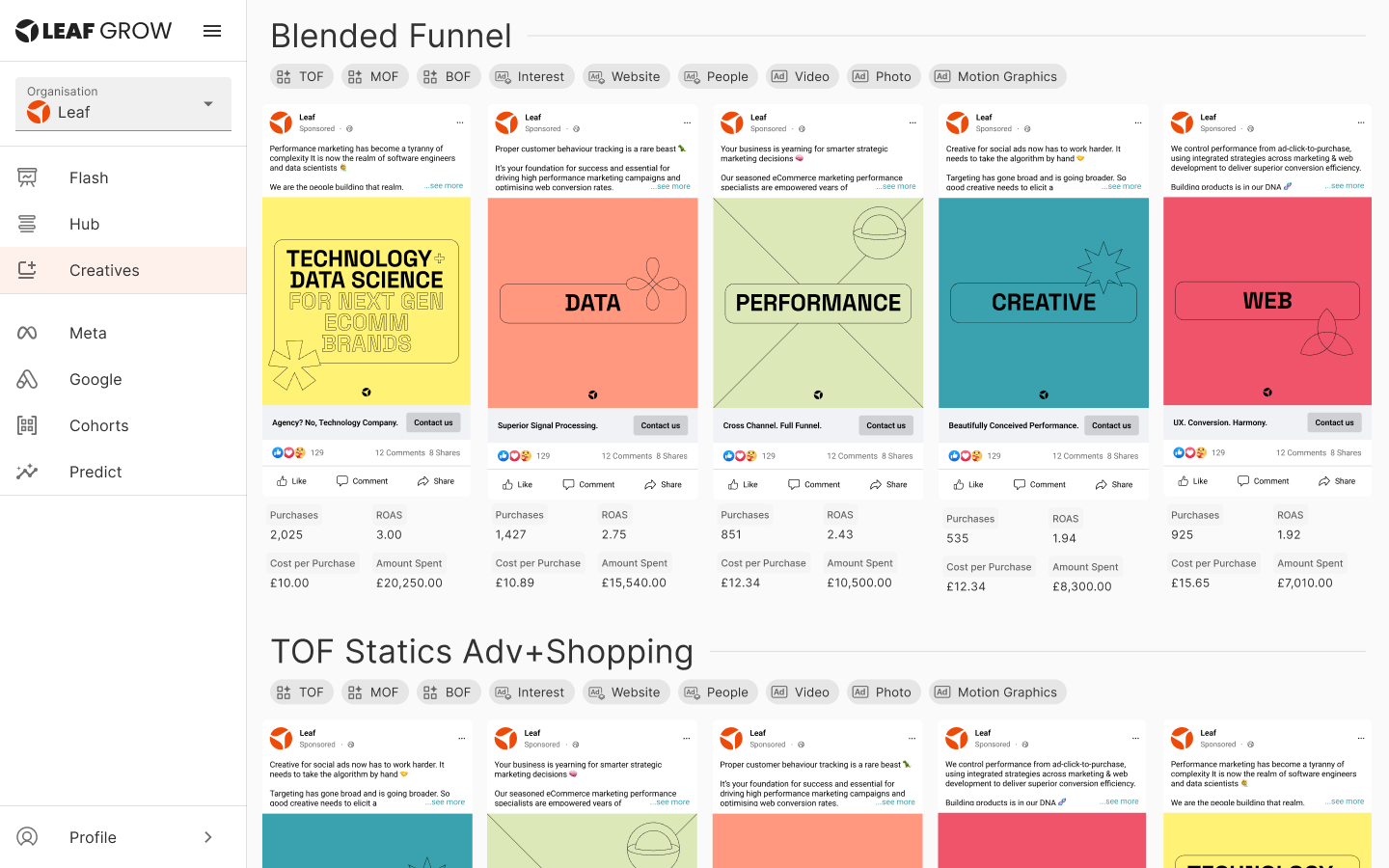
“Leaf have been an absolute pleasure to work with. Their level of expertise in performance marketing and creative strategy is second to none and they have proven to be a great asset to our team. We look forward to continuing our partnership as we grow our business.”
Rob Bridgman – Founder & CEO at Snug
